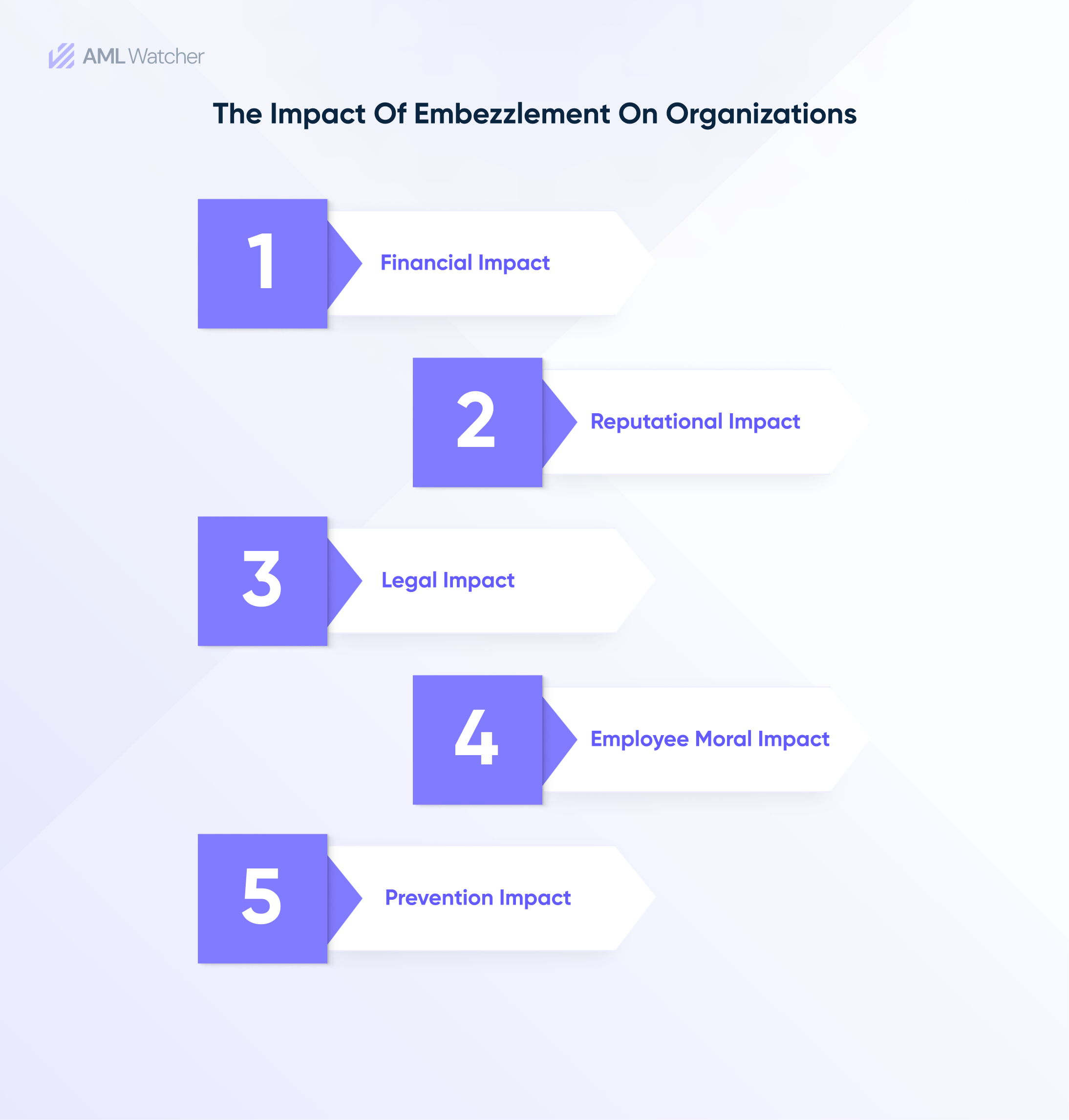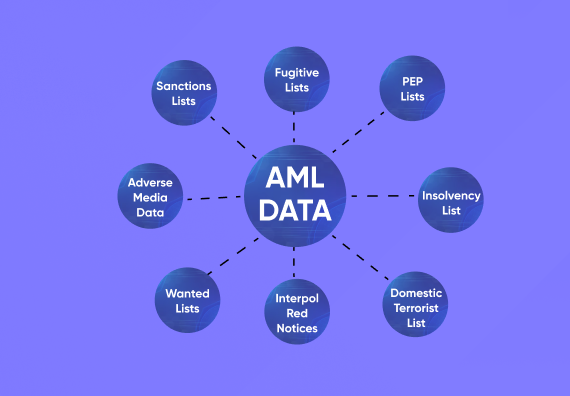
How Can Firms Prevent Embezzlement and Money Laundering?
What is embezzlement?
The word ‘embezzlement’ is first known to be used in the mid-1500s A.D in the writings of Edmund Geste, bishop of Salisbury. However, money embezzlement in practice, is as old as the evolution of business in human civilization. It is the first earliest white-collar crime documented in recorded history. Money laundering, on the other hand, has been around longer than dirt. This heinous crime can be traced back to 2000 years in ancient China as per the writings of historian Sterling Seagrave, when some Chinese merchants tried to escape regional trade bans in order to “clean” their shady profits.
Embezzlement vs money laundering:
Embezzlement and money laundering are often used interchangeably and involve large sums of fortune. As with any financial crime, both money laundering and embezzlement threaten the integrity and stability of the local, regional as well as international monetary systems. However, the direct implications of a financial crime like money embezzlement tends to have more damaging localized effects. If a firm falls victim to a financial crime like embezzlement, it tends to bear far more damage than the mere loss of money, they end up losing business partners, investors, clients, and finally bear the unseen consequences of a damaged market reputation.
Both embezzlement and money laundering inflict equal damage to the socio-economic fabric of a country, and both are entirely different kinds of white collar crimes.
To build a better understanding of embezzlement, following are some of the common embezzlement examples:
- Embezzlement occurs when an auditor or a clerk takes money from their employer’s bank accounts or organization’s accounts while using them as their personal piggy banks and at the same time fabricates invoices and payments to conceal their fraudulent activity.
- A clerk files claims for work costs and exaggerates the expenses that were never actually spent.
On the flip side, money laundering is when someone or something tries to hide where the money came from in the first place. These funds are usually gained as gains from criminal activity and are then legitimately spent or transferred into legitimate financial institutions.
In short, money laundering is the result of any and all crimes. Profits from all types of crimes, whether corruption, bribery, drug and human trafficking, or corporate fraud, all lead to money laundering. There are three stages involved in hiding the source of ill-gotten gains; when done right, one can easily get past the regulatory barriers and AML protocols set in place by any organization.
Embezzlement, as well as other white-collar crimes in general, have a profound damaging effect on society. When an organization is subjected to fraudulent conduct such as embezzlement, it has to compensate for lost income if it does not go out of business. Unfortunately for the consumer, this frequently results in higher costs for their goods. If the statement before is not realistic, the employer must reduce hours or, in severe circumstances, lay off employees entirely. Innocent workers could be incapable of paying bills or loans, and their credit rating would be damaged.
In situations involving stock fraud, major stakeholder like investors can ultimately lose trust in the stock market system, resulting in decreased cash flowing through the stock markets, which affects businesses across the country. An example is the Enron scandal, which resulted from the misuse of investor funds, wiping thousands of investor retirement accounts clean.
The financial hardship that one goes through after an occurrence like embezzlement is unthinkable. Innocent people are compelled to quit a fairly secure lifestyle and future in order to reconsider their whole life’s choices. As can be observed, such crimes have a wide range of consequences in the social stability of societies involving employees, consumers, and families.
Global Implications of Embezzlement & Money Laundering
Economic Distortion:
Financial crimes such as money laundering & embezzlement cause socioeconomic distortion, which then leads to political turmoil. They disrupt competition in the market and make financial markets unstable, resulting in fewer investments. Its ripple effect changes policy decisions, resulting in a loss of influence over the direction of the economy.
Increased Crime Rates:
Profits from illegally obtained profits offer additional funding for organized crime organizations such as drug trafficking, human trafficking, migrant smuggling, and criminal gangs that commit murder and kidnapping. This undermines the resilience and development of a society as a whole.
Terrorist Financing:
Terror operations organized by terrorist organizations are financed by the funding obtained from illegal and criminal means like drug trafficking, extortion, human trafficking. These ill-gotten gains play a critical role in conducting terrorist activities across different countries.
Also Read: Things You Need To Know About 3 Stages of Money Laundering
How Can Firms Prove Embezzlement In the Court?
The most prominent characteristic of money laundering is breaching the confidence of an individual or an organization. Legal evidence proving the offender’s fiduciary duty to the victim and how the stolen financial assets were obtained by taking advantage of the relationship and purposefully stealing and hiding the crime is required to establish money embezzlement in court.
Terrorist organizations fund their operations through unlawful and criminal means such as drug trafficking, extortion, and human trafficking. These ill-gotten gains are crucial in carrying out terrorist actions across multiple countries.
Preventing Embezzlement & Money Laundering
Financial service providers have a responsibility to combat money laundering and avoid enormous fines imposed by regulatory bodies and government agencies if they are deemed to be complacent in their efforts.
In order to comply with legal requirements, institutions need innovations that enable them to accurately assess account activity and identify potentially suspect behavior. Businesses can quickly identify financial scams by monitoring transactions and evaluating clients in-depth. Analysts can use the comparison of inbound and outbound payments to watchlists, Politically Exposed Persons PEP registers, bad publicity, and sanctions to identify potential risks and decide whether to proceed with a transaction or not.
Intercepting Embezzlement
Regular audits: Unexpected internal and external audits throw any chance of fraud and embezzlement and any financial crime, it keeps the financial criminals at bay.
Separate tasks: When financial institutions make all the necessary arrangements to ensure not a single employee acquires complete control over all aspects of crucial money transactions.
Insider Policies: During the orientation or from day one, firms must make it clear to all the new hires to report questionable activity without any fear of retaliation. They must offer some incentive and protection for the reporting officer.
Transnational Efforts To Fight Economic Abuse
White collar criminals are coming up with high levels of sophistication to conduct their criminal operations. In response, efforts are being done on international levels to promote intel sharing and international cooperation.
Efforts Made By United Nations
Efforts made by transnational organizations like the United Nation, which has its powerful presence and influence all across the globe, is commendable. The United Nations Office on Drugs and Crime (UNODC) has had an all important role in coming up with policy direction, resources and conducting training sessions for the battle against anti money laundering
Efforts by the Egmont Group
The Egmont group is a transnational organization which comprises Financial Intelligence Units (FIUs) from all countries. It works together to share intelligence, financial cooperation, conducting investigations together and sharing best practices.
How can you detect if embezzlement is occurring?
Red warning signs may alert you to potential occurrences of fraud and embezzlement within your firm. There are number of possible indicators that could attract your notice, including those followed as:
One of the most important indicators could be inexplicable alterations to finances that may indicate funds have been flowing here they shouldn’t be.
Second most helpful indicator could be that employees tend to become excessively protective in their workplace or job. They prefer spending time alone and refuse to share any financial records.
Third, another major signal to future embezzlement is the frustration of someone who is having a great need and is extremely desperate. They can indicate their frustrations in feeling justified in withdrawing funds from the organization in question leading to file corruption, or missing records of transactions
These are only a few red signals to keep in mind and watch. However, rather than focusing on a single indicator, you should look for a combination that will compel you to dig even deeper. Furthermore, clients tend to have consistent transaction habits, therefore to spot a suspicious transaction, an abrupt change in the transaction habits is a major red flag for MLROs.
How Can Firms Avoid the Financial Disaster of Embezzlement?
After building our understanding of what is embezzlement and how firms can identify it, the most crucial question is what steps a financial firm can take to avoid it. The important thing is having some type of protection. Conducting verified background checks and having a credible database of clients is the key. No matter what, before onboarding a potential customer, firms must conduct KYC checks to make sure they customer base is clean and there is no threat attached to any of them
Furthermore, firms have no choice but to comply with AML regulatory guidelines. Keeping a vigilant eye on the client’s transactions and tracing down the illicit flow of money into the global financial systems is beneficial for the financial firms as well.
AML Watchers products can be used to support both KYC and anti-money laundering efforts. You can build a trustworthy customer base by conducting credible background checks and keeping track of who they really are to avoid the costly consequences later on.
We are here to consult you
Switch to AML Watcher today and reduce your current AML cost by 50% - no questions asked.
- Find right product and pricing for your business
- Get your current solution provider audit & minimise your changeover risk
- Gain expert insights with quick response time to your queries




